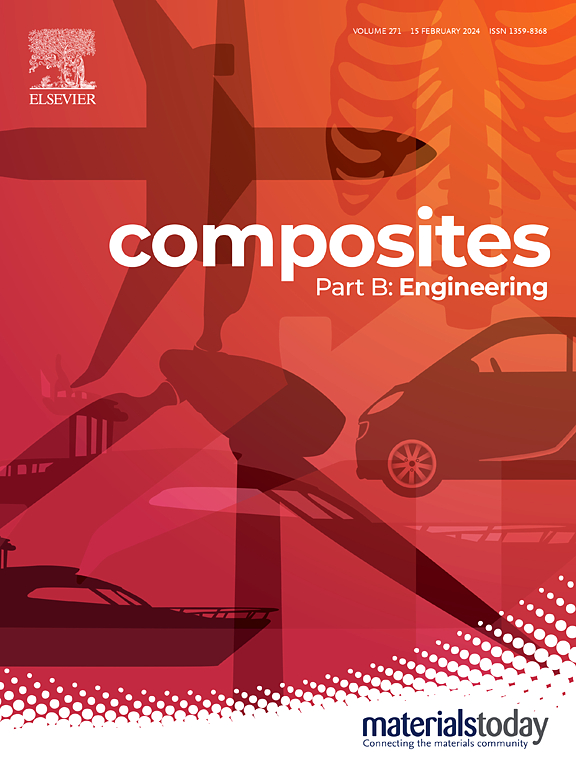Upcycling red mud into high-strength high-ductility Engineered Geopolymer Composites (EGC): Toward superior performance and sustainability
IF 12.7
1区 材料科学
Q1 ENGINEERING, MULTIDISCIPLINARY
引用次数: 0
Abstract
In this study, red mud (RM) was successfully adopted to produce high-strength high-ductility Engineered Geopolymer Composites (EGC). EGC with a high RM content of 50% achieved a compressive strength over 100 MPa and a tensile strain capacity over 5%. The influence of RM on the mechanical performances, reaction mechanisms, and environmental impacts of EGC was comprehensively investigated. Results revealed that the incorporation of RM would improve the reaction degree of precursors, densify the microstructures, and enhance the compressive strengths. Although RM incorporation would to some extent impair the tensile performances of EGC, the crack width could be effectively narrowed under a high RM content of 50%. Finally, the excellent sustainability and market potential of RM-incorporated EGC were demonstrated from environmental and cost analyses. The findings could help promote the RM upcycling technology and facilitate the development and engineering applications of this novel geopolymer composite for sustainable construction.

将赤泥升级为高强度、高延展性工程地聚合物复合材料(EGC):迈向卓越的性能和可持续性
在本研究中,成功地采用赤泥(RM)制备了高强高延性工程地聚合物复合材料(EGC)。RM含量为50%的EGC抗压强度大于100 MPa,拉伸应变能力大于5%。全面研究了RM对EGC的力学性能、反应机理和环境影响的影响。结果表明,RM的加入可以改善前驱体的反应程度,使微观组织致密化,提高抗压强度。虽然RM的掺入会在一定程度上影响EGC的拉伸性能,但当RM含量达到50%时,裂纹宽度可以有效收窄。最后,从环境和成本分析两方面论证了rm - EGC的良好可持续性和市场潜力。这一发现有助于推广RM升级回收技术,促进这种新型地聚合物复合材料在可持续建筑中的开发和工程应用。
本文章由计算机程序翻译,如有差异,请以英文原文为准。
求助全文
约1分钟内获得全文
求助全文
来源期刊

Composites Part B: Engineering
工程技术-材料科学:复合
CiteScore
24.40
自引率
11.50%
发文量
784
审稿时长
21 days
期刊介绍:
Composites Part B: Engineering is a journal that publishes impactful research of high quality on composite materials. This research is supported by fundamental mechanics and materials science and engineering approaches. The targeted research can cover a wide range of length scales, ranging from nano to micro and meso, and even to the full product and structure level. The journal specifically focuses on engineering applications that involve high performance composites. These applications can range from low volume and high cost to high volume and low cost composite development.
The main goal of the journal is to provide a platform for the prompt publication of original and high quality research. The emphasis is on design, development, modeling, validation, and manufacturing of engineering details and concepts. The journal welcomes both basic research papers and proposals for review articles. Authors are encouraged to address challenges across various application areas. These areas include, but are not limited to, aerospace, automotive, and other surface transportation. The journal also covers energy-related applications, with a focus on renewable energy. Other application areas include infrastructure, off-shore and maritime projects, health care technology, and recreational products.
 求助内容:
求助内容: 应助结果提醒方式:
应助结果提醒方式:


